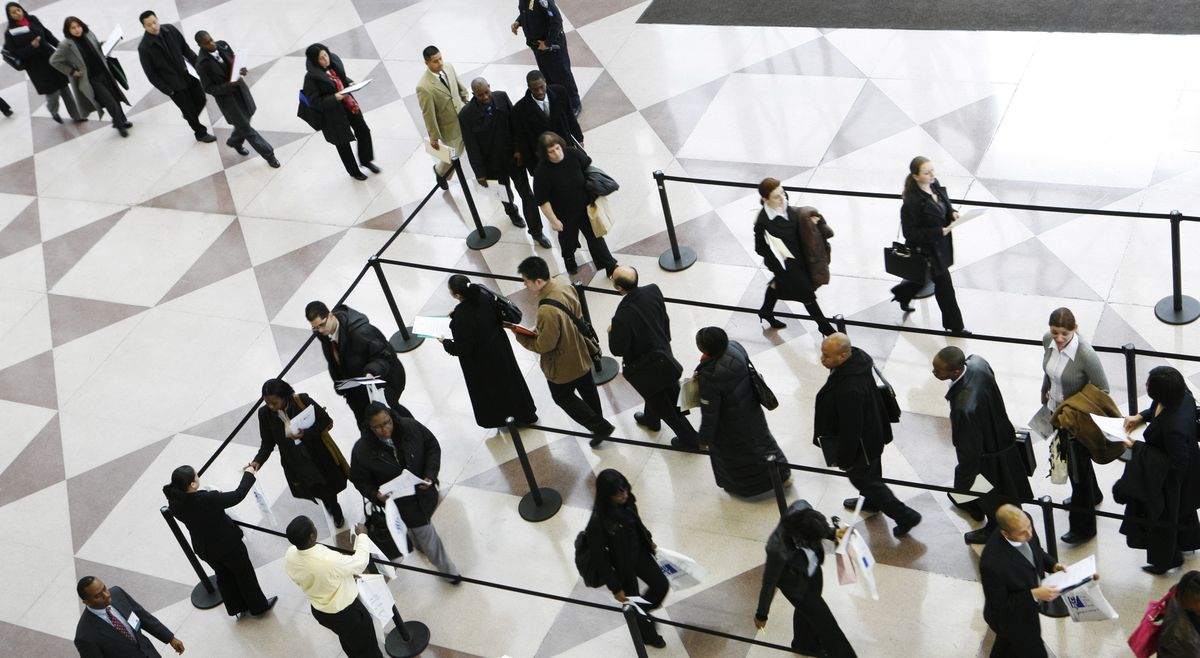Jobless rate surges
Economy’s signs of improvement no solace as layoffs keep coming

WASHINGTON – Unemployment zoomed to 8.5 percent last month, the highest in a quarter-century, as employers axed 663,000 more workers and pushed the nation’s jobless ranks past 13 million. The hard times were only expected to get harder – a painful 10 percent jobless rate before long.
The current rate would be even higher – 15.6 percent – if it included laid-off workers who have given up looking for new jobs or have had to settle for part-time work because they can’t do any better. That’s the highest on record for that number in figures that go back to 1994.
“Even if the economy continues to show signs of improvement, businesses will cut jobs and trim fats to stay lean and mean,” said Sung Won Sohn, economist at the Martin Smith School of Business at California State University.
So far, the public has shown great hopes for the economic policies of new President Barack Obama. But those could fade quickly with more months of layoffs. In Europe for an economic summit, Obama called Friday’s unemployment report a “stark reminder” of the need for action at home and abroad.
The recession may end later this year – Federal Reserve Chairman Ben Bernanke and many private analysts see that possibility – but rehiring historically doesn’t get going until after an economic recovery is picking up steam. The jobless rate is expected to reach 10 percent by year’s end.
The Labor Department report underscored the recession’s toll: a spike in the jobless rate from February’s 8.1 percent and a net loss of 5.1 million jobs since December 2007, almost two-thirds of them in the past five months. Economists say an additional 2.4 million jobs will be lost through the first quarter of next year.
As the downturn eats into companies’ sales and profits, they are laying off workers and resorting to other cost-saving survival measures that also hit employees, the report showed. Those include holding down hours and freezing or cutting pay.
“It’s an ugly report, and April is going to be equally as bad,” said Mark Zandi, chief economist at Moody’s Economy.com. “I couldn’t see any rays of sunshine. Nothing.”
The average work week in March dropped to 33.2 hours, a record low. And nearly a quarter of the unemployed have been out of work for six months or more, the highest proportion since the steep 1981-82 recession.